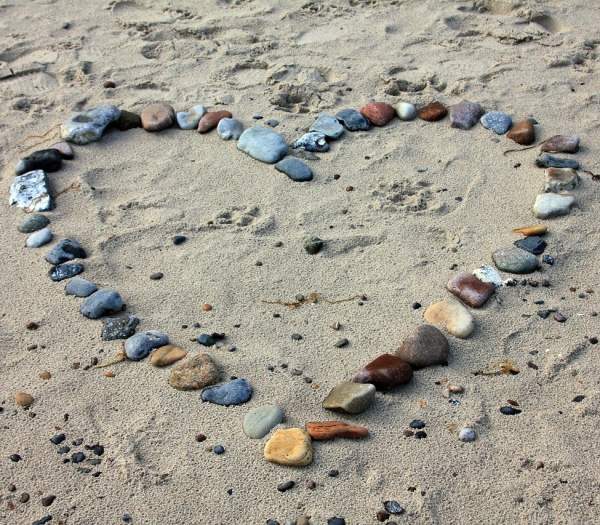Nicki Sindle, LPC-MHSP 615-498-5453 nsindle7@gmail.com
Anxiety
Anxiety looks different for everyone. The symptoms might be physical or internal. Sometimes you might feel like you can’t breathe, you are shaking, paralyzed, or you can’t sleep. Sometimes the things one is anxious about are running over and over through your head, as you imagine all the possible worst- case scenarios that are out there.
The good news is that there are many techniques and therapy modalities that will help to calm the body and mind down, including EMDR (Eye Movement Desensitization). I believe it is important to understand why someone gets anxious, but also to treat the all the symptoms in the way that works for the client. It is possible to get back to a place of peace and interacting with others without worry. In therapy, we explore things contributing to why you are anxious, and ways to modify thoughts and behavior to change anxious patterns.
A Few Techniques That Help Anxiety
Controlled Breathing
Controlled breathing will help to calm the fight/flight freeze response in your lower brain by providing oxygen to your lungs and brain. Your upstairs or rational brain will get back online after controlled breathing.
Directions: Breathe gently in through your nose in a slow rhythm or pace. Hold for about 2 seconds. Gently push the air out of your mouth with pursed lips. Pause. Repeat. Notice your slow breathing, the rising of your chest with inhales and the lowering of your shoulders as you exhale.
Grounding
Go through your 5 senses to notice or gain awareness with something you (see, smell, taste, hear and touch). Describe these things to yourself to come back to the present moment.
By simply scanning the room you are in, from the ceiling to the floor, you are telling your brain where you are and that it is safe to be there.
Go barefoot outside (where safe). Feel the grass and the earth supporting you. There is a lot of scientific research supporting the soothing benefits of nature. If you live in the city, take a drive to a nature trail.
Apps
There are numerous apps to help with anxiety and many of them are free. These apps will guide you to breathe correctly, help to calm and meditate, or allow you to practice positive thought replacements.
SAM App for Anxiety. It will help you manage and understand your anxiety. You can plot your worry thoughts to study your patterns. Rating your anxiety and keeping track will help you and your therapist gain insight. You create your anxiety toolkit that suits you.
CALM App to guide your breathing and it offers soothing, relaxing meditation sounds.
PANIC RELIEF App for Panic Attacks. It is helpful to use during an attack.
RELAX M.S.P. App will provide you with the sounds that help you relax and calm. You can import your own sounds or use the many provided sounds. You can mix sounds too.
Tapping
Tapping certain points on is called Emotional Freedom Technique or EFT.
Check out this video on the points to tap.
Tapping Video
Butterfly Hug
One tool I often use with clients to help with the symptoms of anxiety is the Butterfly Hug.
The Butterfly Hug is a method of therapeutic intervention to help relax and calm a hyper-aroused self. The Butterfly Hug was developed by two practitioners, Lucina Artigas, M.A., M.T., and Ignacio Jarero, Ed.D., Ph.D., M.T. The Butterfly Hug was taught to survivors of hurricane Pauline in Mexico, in 1998 which demonstrated to be highly effective for helping those during this incredibly devastating time. Following the successful implementation and use, many therapists have taken to this successful form of anxiety reduction, primarily those who have suffered traumas.
The practice is actually quite simple and is readily available to everyone, because all you need is yourself! To begin:
* Engage in some type of intentional breath work, I like to have client’s focus on diaphragmatic breathing for this particular tool.
* Draw awareness to the self, as with any mindfulness practice, pay attention, notice any emotions that are coming up, any physiological indicators and judgments of self and continue to breathe.
* Cross your hands over your chest (like you are making a bird shadow puppet) where the wings are resting just below your collar bone. I like to hook my thumbs as a place to feel anchored.
* Begin slowly tapping, alternating left and right, left and right and continue tapping for 30 seconds to a few minutes if desired and it feels calming and grounding.
* Continue to hold awareness with the self, slowing the mind and the body with each breathe, being with any and all emotions that come up.
The Butterfly Hug is a tool designed to help ease anxiety and calm you in the moment, but certainly is not something to be used in lieu of therapy. I also highly recommend practicing this technique when you are not anxious to become proficient and have it more accessible when you are feeling distressed. If you are experiencing anxiety or panic attacks frequently, please seek out a therapist to further evaluate you needs.
EMDR - Eye Movement Desensitization and Reprocessing
EMDR has been researched and shown to be an effective treatment for PTSD and Anxiety.

